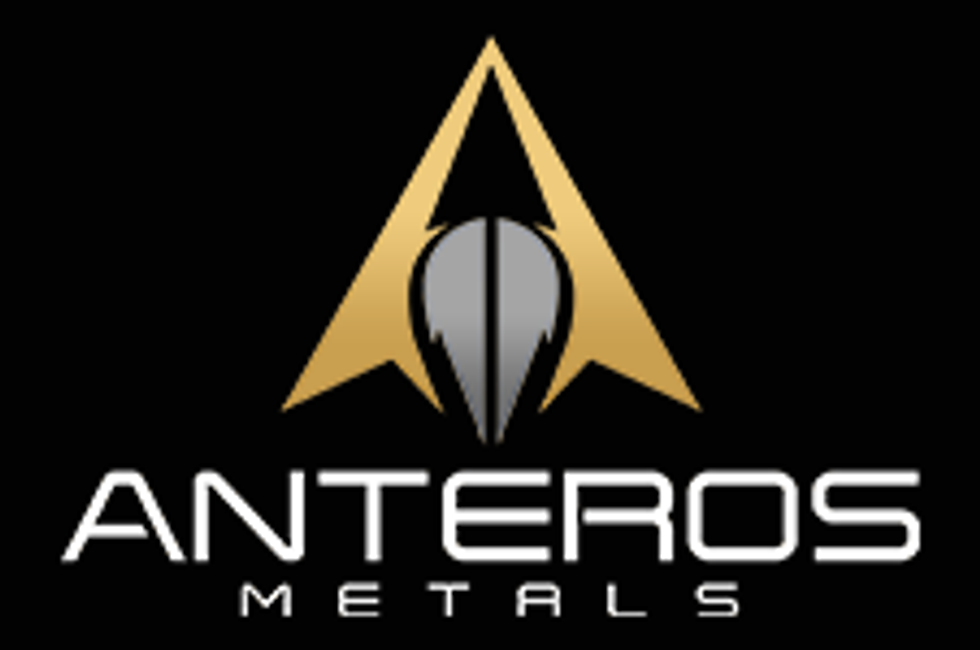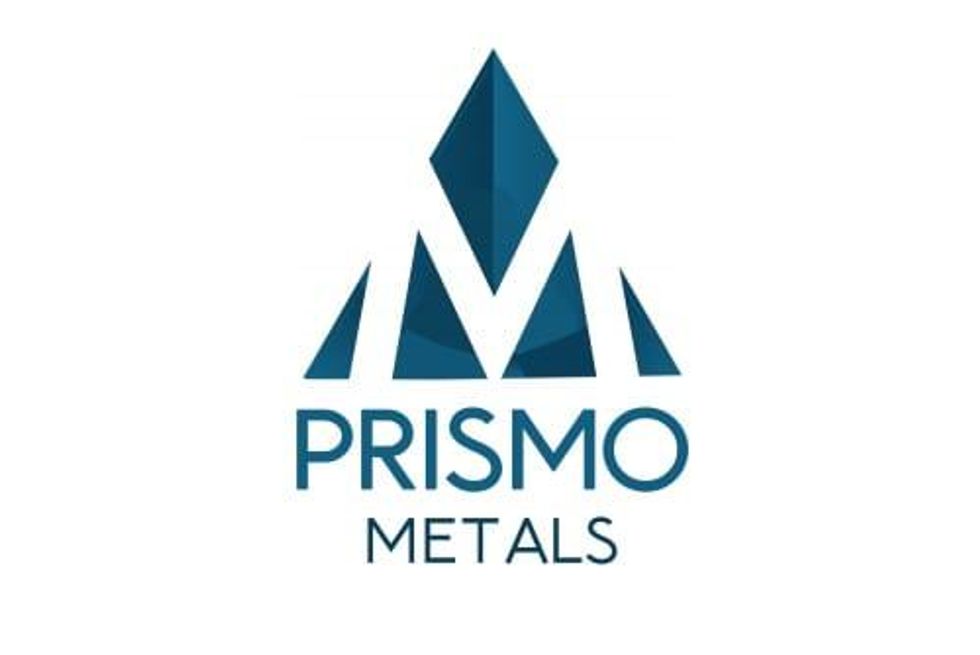Silver Spruce Fieldwork Continues to Expand Drill Target Areas and Identify New Veins at Pino de Plata

Silver Spruce Resources (TSXV:SSE)(Frankfort: S6Q1) is pleased to announce that its ongoing field exploration work continues to expand the known mineralized areas and has identified additional drill targets for its upcoming program at the Pino de Plata project in western Chihuahua State, Mexico.
Silver Spruce Resources (TSXV:SSE)(Frankfort: S6Q1) is pleased to announce that its ongoing field exploration work continues to expand the known mineralized areas and has identified additional drill targets for its upcoming program at the Pino de Plata project in western Chihuahua State, Mexico.
“The more work we complete, the better I like it!” stated Karl Boltz, CEO. “ProDeMin geologists have discovered new veins and expanded mineralized areas. Their fieldwork continues to advance the potential of the project. We anticipate an exciting Phase I drill program. The challenge continues to be prioritizing the targets from among a growing list of well-mineralized sites.”
Project Overview
The Pino de Plata project is a classic example of an intrusion-related mineralized system with associated epithermal veining. The project hosts several types of mineralization typically associated with igneous activity. Aqueous hydrothermal fluids derived from the intrusion itself or from super-heated groundwater reacts with the surrounding rocks, causing alteration and contact mineralization in reactive units, particularly limestone, and can deposit minerals at high concentrations in faults, creating veins. Acidic fluids that caused the widespread clay alteration observed in the Terrero-La Perla area can also form disseminated mineralization within the rocks. The geochemical signature from samples taken at the project support this interpretation, with relatively high bismuth (Bi) values, that are generally associated with intrusion-related mineralization, at the eastern portion of the property and higher antimony (Sb) values in rocks from the strongly altered area.
“Detailed mapping of the property including the expanded area of strong alteration at the Terrero target has been the focus of our current field work,” stated Dr. Craig Gibson, Ph.D., CPG, and founder of ProDeMin. “Several new veins have been mapped and systematic analysis with our handheld XRF instrument is underway providing real time data on mineralized areas. Pino de Plata has obvious potential with multiple mineralized drill targets.”
Please follow these links to view Geochemical Distribution Maps here:
Silver (Ag) https://www.silverspruceresources.com/i/maps/pdp/Pino-de-Plata-Topo-5K-Basemap-doblecarta-2019-Ag-values.jpg
Bismuth (Bi) https://www.silverspruceresources.com/i/maps/pdp/Pino-de-Plata-Topo-5K-Basemap-doblecarta-2019-Bi-values.jpg
Antimony (Sb) https://www.silverspruceresources.com/i/maps/pdp/Pino-de-Plata-Topo-5K-Basemap-doblecarta-2019-Sb-values.jpg
Terrero-La Perla
In the Terrero-La Perla area, the Company has sampled up to 557 grams per tonne (g/t) silver (Ag), and as much as 3.1% lead (Pb) with anomalous zinc (Zn) and gold (Au) as well as elevated Sb geochemistry. A large area of highly altered rock is centered in the middle of the property and displays the strong argillic alteration commonly found at high levels of mineralized systems. Field crews have continued mapping to expand this area, which is now believed to cover approximately 20 hectares and will be the location of several drill hole locations in the upcoming program. Please see preliminary drill hole location map https://www.silverspruceresources.com/i/maps/pdp/Pino-de-Plata-Topo-5K-doblecarta-2019-V3.jpg.
Santa ElenaGossan
The eastern area of the property,east of the strong argillic alteration at the Terrero target, hosts contact related replacement mineralization. Gossans (ironoxide-rich rock formed from original sulfide material) that presumably formed from oxidation of near surface mineralization were identified and sampled by the Company, with assays of as much as 349 g/t Ag, 2.7 % Zn and 0.9 % Pb and generally higher Bi geochemistry. Mapping currently underway indicates that the mineralization appears to be related to a northwest trending contact zone between hornfels and intrusive rock. Recent work has expanded the area prospective for intrusion-related replacement mineralization approximately 500 meters along strike based on geological mapping and qualitative geochemistry from a handheld XRF instrument. The prospective area now covers approximately 30 hectares on the property. More systematic exploration is being completed to select the best locations for drill sites into this mineralized area.
Multiple Veins
The western areas of the property hosts numerous parallel mineralized veins where the Company has sampled as much as 553 g/t Ag, 7.1 % Zn and 5.1 % Pb. To date, field work has identified at least 7 distinct veins that outcrop on surface, several of which have been subject to small-scale, historical artisanal mining dating back to the 1800’s.Most of the veins strike approximately east-west to east-northeast, but some have a more northerly strike and vein intersections could be important exploration targets.A locally silicified dike recently encountered has a similar orientation. Dikes are spatially associated with mineralization in several districts in western Chihuahua and this is believed to be a favorable indication for the Pino de Plata mineralization.
XRF (X-Ray Fluorescence) Analysis
The XRF analyzer is being used to obtain real time geochemical data on soil samples taken at stations spaced at 25 metres along approximately E-W and N-S lines across the Santa Elena-Gossan area and the Terrero-La Perla argillic alteration.
This XRF work is being conducted in a qualitative manner to obtain geochemical data across the previously identified areas to compare with data collected from new areas and to locate areas of anomalous silver and base metal values and indicator elements such as arsenic, antimony and bismuth. This method is an important tool to define anomalous metal concentrations based on variations along the lines, although the discrete values are less important.
Rock samples are being taken where anomalous XRF readings along with geological observations suggest it is warranted. These samples are being sent to an ISO certified laboratory for assay and quantitative analysis.
Qualified Person
Dr. Craig Gibson, Ph.D., CPG, is the Company’s external Qualified Person for the Pino de Plata project and is responsible for the technical content of this press release within the meaning of National Instrument 43-101 Standards of Disclosure for Mineral Projects (“NI 43-101”), under TSX guidelines.
About Silver Spruce Resources Inc.
Silver Spruce Resources Inc. is a Canadian junior exploration company pursuing development of the Pino De Plata project, located in the prolific Sierra Madre Occidental region of western Chihuahua State in Mexico. The Company also holds an indirect interest in the Kay Mine project according to terms of the sale agreement with Croesus Gold Corp., which was announced in the Company’s news release on January 30, 2019. Silver Spruce Resources Inc. continues to investigate opportunities that Management has identified or that have been presented to the Company for consideration.
Neither TSX Venture Exchange nor its Regulation Services Provider (as that term is defined in the policies of the TSX Venture Exchange) accepts responsibility for the adequacy or accuracy of this release. The company seeks Safe Harbour.
Contact:
Silver Spruce Resources Inc.
Karl Boltz, President/CEO/Director
(866) 641-3397
info@silverspruceresources.com
www.silverspruceresources.com
Click here to connect with Silver Spruce Resources (TSXV:SSE) for an Investor Presentation.
Source: www.accesswire.com





